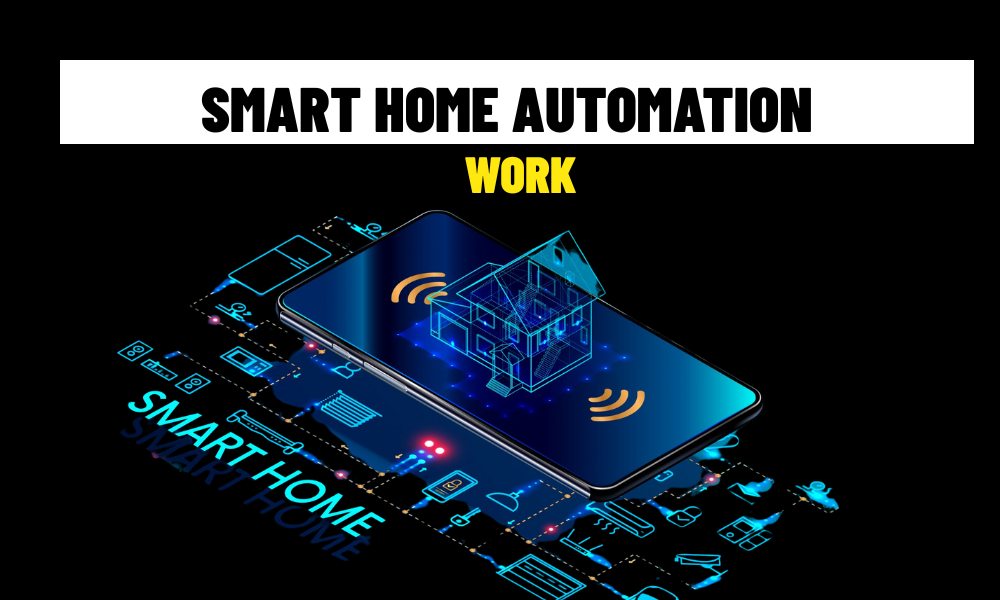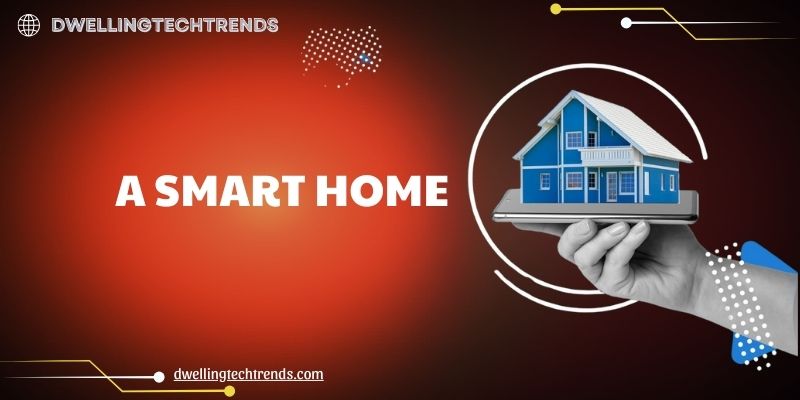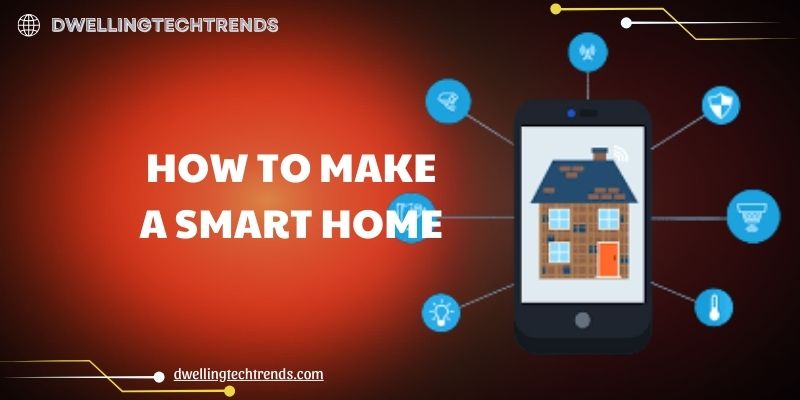In the age of digital transformation, our homes are becoming increasingly intelligent. What was once science fiction is now a reality, thanks to smart home automation. But beyond the buzzwords, how does this technology actually work? Understanding how smart home automation works means diving into the communication between devices, the software that powers them, and the experiences they enable.
Contents
The Backbone of Smart Automation
At the heart of any smart home system lies the principle of connectivity. Smart devices, such as thermostats, lights, speakers, and locks, are embedded with sensors and controllers that allow them to send and receive signals. These devices communicate over wireless networks using standards like Wi-Fi, Zigbee, Thread, or Bluetooth. Some devices use direct cloud access, while others form mesh networks that strengthen the reliability of communication throughout the home.
A central component—often a smartphone app, smart speaker, or dedicated hub—manages this communication. This controller acts as the brain of your smart home, allowing users to create rules and routines, or letting the system make decisions automatically based on contextual information.

How Does Smart Home Automation Work?
Behind-the-Scenes Intelligence
While it’s easy to interact with smart home systems using voice commands or mobile apps, the real magic happens through automation logic. This can be as simple as setting a schedule (lights turn off at 11 PM), or as complex as context-aware responses, like adjusting the air conditioning based on room occupancy and outside temperature. Some devices also incorporate learning algorithms that adapt over time to your habits.
For example, a smart thermostat doesn’t just let you set temperatures remotely—it learns your daily patterns. Over time, it begins to anticipate your needs and optimizes heating and cooling for energy efficiency without sacrificing comfort. Similarly, lighting systems might automatically adjust brightness based on time of day or presence in the room.
Local vs. Cloud-Based Processing
Smart home systems operate through a combination of local and cloud-based processing. Devices that process commands locally tend to be faster and more reliable, especially if the internet connection drops. Others rely on cloud servers to execute commands and store preferences, which enables remote access and integration with digital assistants like Google Assistant or Amazon Alexa.
The current industry trend is a move toward hybrid processing, where essential functions work offline, and advanced analytics or updates are handled via the cloud. This approach not only improves performance but also reduces latency and enhances privacy by minimizing data transmission.
The User Experience
From a user perspective, the power of smart home automation lies in simplicity. The best systems offer intuitive setup processes, clear feedback, and consistent behavior. Automations can be triggered by a variety of conditions, such as time of day, user location, device state, or environmental data like light or temperature.
For instance, arriving home after work might trigger an automation that disarms the alarm, turns on hallway lights, starts playing music, and sets the thermostat to a preferred temperature. All of this happens in the background, making daily life more convenient without demanding constant interaction.
Conclusion
Understanding how smart home automation works reveals a blend of connected hardware, intelligent software, and user-focused design. The technology behind it may be complex, but its purpose is simple: to create a living environment that adapts to your needs with minimal effort. As standards evolve and devices become more interoperable, the smart home of the future will be even more seamless and intuitive than it is today.



